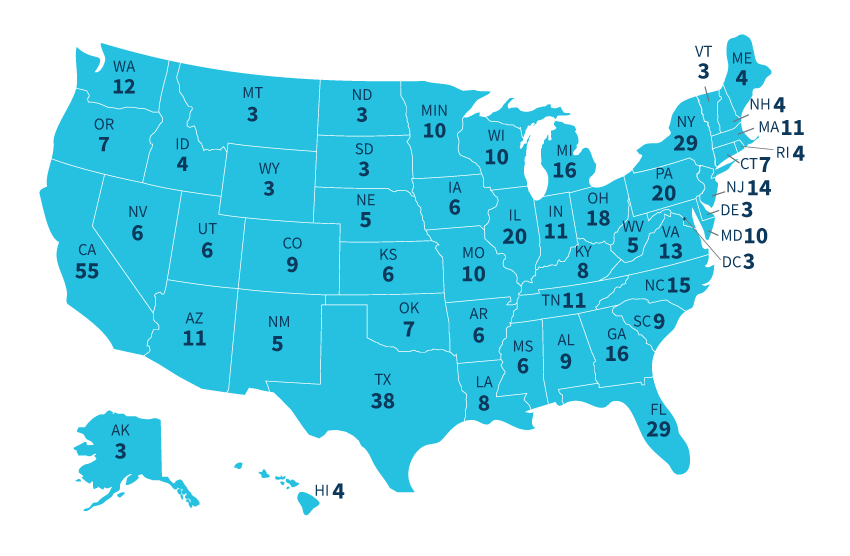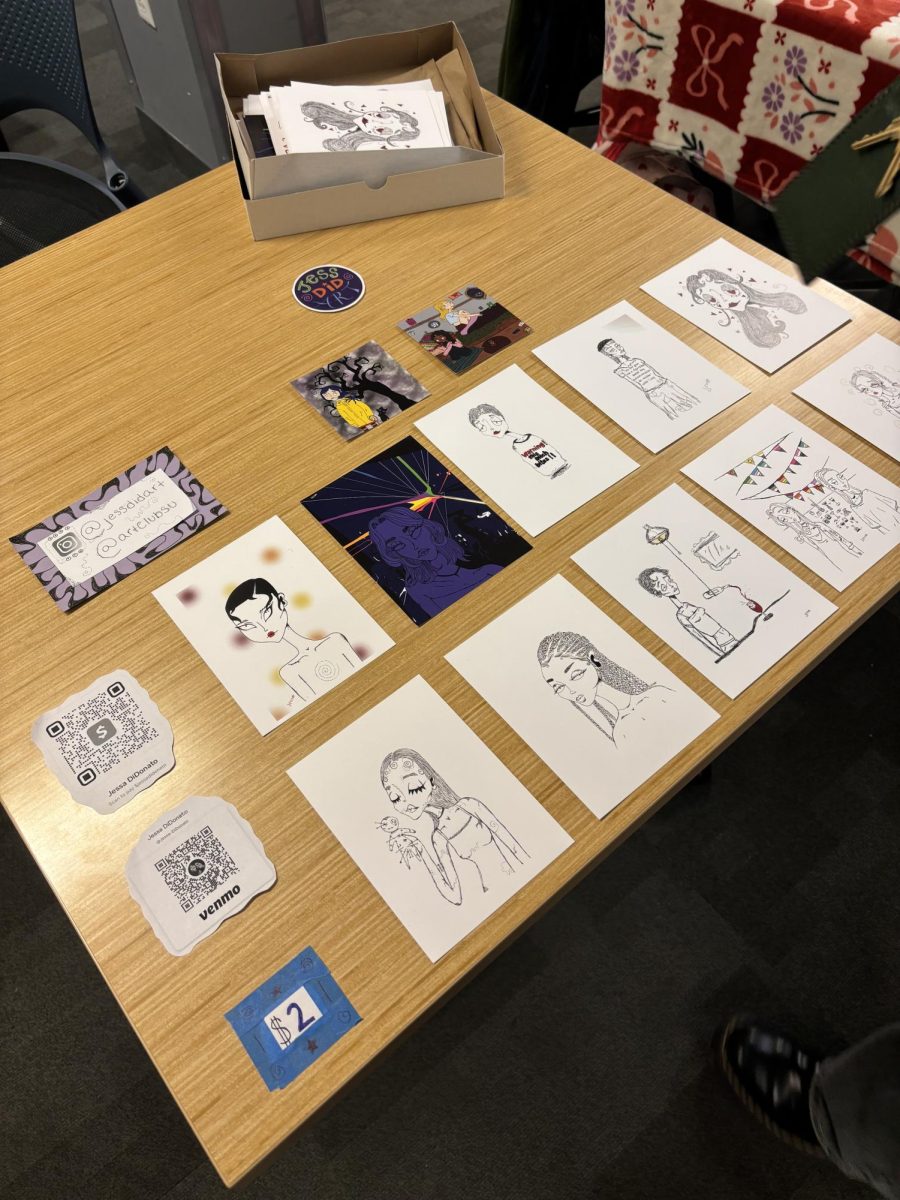I love your blueberry milk nails! The Ugg mini platforms are to die for. I think I’m going for ballet core this spring. New trend alert: mob wife.
In this new age where fashion is extremely accessible and rapidly evolving, it raises the question, what happened to personal style?
Social media platforms like TikTok, Instagram and Pinterest have made fashion content readily available at your fingertips. In the last few years, fashion-related content has absolutely boomed in popularity, particularly following the COVID-19 quarantine.
Personal style and the clothing we choose to wear is one of the biggest factors of self-expression, as is how and where you decide to spend your money. Dressing for your style and what you want to wear means much more than thinking you need to wear what everyone else is wearing.
Influencers, brand culture and fast fashion have absolutely destroyed individualism and personal style. Once fashion companies, big and small, realized how to capitalize on overselling clothes, it was all downhill from there.
If you have been on TikTok in the last few years and have an eye for fashion, you may have seen buzzwords like “mob wife,” “coquette” and “clean girl,” all with “aesthetic” tacked to the end of them. The app’s algorithm allowed for these almost costume-like “aesthetics” to go viral along with showing heavily sponsored influencers living a perfect life, maybe even dressed up to fit perfectly into one of these niche styles. As the number of influencers grew in the app, there was no escaping marketing schemes.
TikTok proves how easy it is to sell out viral products and repeatedly shows its impact on many industries. For years, consumers would have trouble finding things like viral makeup products in stores because they are constantly sold out. Brand influencers are paid thousands of dollars to tell young app users to “run, don’t walk” to whatever store to buy the product they are being paid to promote.
Because of this, they created the monster that is “TikTok Shop”. Here, users can scroll through endless pages of extremely cheap drop-shipped items, goodies from small businesses and more junk no one really needs. Out of all the endless inventory, clothing and accessories are some of the most popular items being bought in the TikTok shop. This gives consumers the chance to buy cheap dupes of the popular clothing item being shown on the algorithm that week.
Fast fashion works hand-in-hand with social media to quench the thirst some consumers feel for the trendiest, newest item. Huge companies like Shein, Temu and Cider realized how much they could sell with such low production costs. According to GW Law, over 80 billion pieces of clothing are consumed every year, a 400% increase in the last 20 years. As they began the unethical mass production of poorly made clothing to match these niche aesthetics, this took over the minds of young consumers on social media.
New trends with different, catchy names pop up every week, and a young consumer on an app like TikTok may feel pressured to fit in, causing them to think they need to become a poster child for one of these aesthetics to seem cool to their peers. With endless new trends popping up every few days, some believe they can’t wear their clothing for more than a period of time because it’s not “in” right now.
Some argue these aesthetics allow for communities to form online. However, these communities do not need to be fueled by fast fashion and the idea that their clothing is disposable. The border between finding a community that shares your style and competing against others to look the coolest in that style is a very thin line.
This endless cycle of consuming content and products and then abandoning them weeks later has destroyed the ability for anyone to have a set personal style and take the time to find quality clothing that speaks to them.
I do, though, see hope for trends in the fashion industry. With the rise of thrifting and shopping second-hand, consumers have realized the uniqueness a second-hand item can hold. Most times, there is a certain quality and look that cannot be replicated by fast fashion giants. There is so much more to the culture of fashion outside of the internet. My best advice to those stuck in a fashion rut—log out of apps focused on trying to sell you the next biggest trend.





















Darius • Feb 14, 2024 at 3:22 pm
You raise a very good point and resale is an option but nowhere to the level countering the impact of fast fashion. Perhaps there needs to be a tax on fast fashion companies to compensate us for the damage they cause on the environment and we pay for..